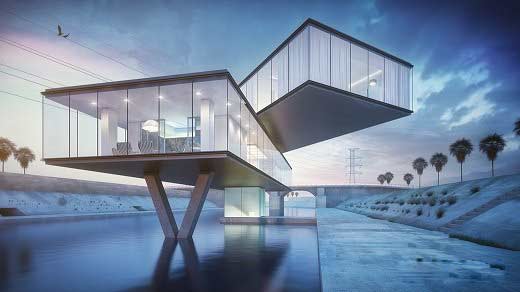3D architectural visualization has revolutionized the way architects, designers, and developers present their building projects. This innovative technology allows for the creation of highly realistic and detailed 3D models of buildings, interiors, and landscapes, providing clients and stakeholders with a clear understanding of the final product before construction even begins.
With the use of advanced computer software and rendering techniques, 3D architectural visualization is able to bring architectural designs to life in a way that traditional 2D drawings simply cannot match. From photorealistic images and virtual walkthroughs to interactive animations, this cutting-edge tool has become an essential part of the design process in the modern construction industry.
The Benefits of 3D Architectural Visualization
One of the key advantages of 3D architectural visualization is its ability to effectively communicate design concepts to clients and stakeholders. By providing a highly realistic depiction of the proposed project, architects and designers can ensure that everyone involved has a clear vision of the final product. This not only helps to streamline the decision-making process but also minimizes the risk of misunderstandings or discrepancies down the line. Additionally, 3D visualization allows for easier exploration of different design options, enabling designers to fine-tune their creations before construction begins.
Enhancing Project Presentations
When it comes to presenting architectural projects, incorporating visuarchitect.com can take presentations to the next level. By utilizing interactive 3D animations and virtual reality experiences, architects and developers can engage their audience in a dynamic and immersive way. Whether showcasing a new residential development or a commercial space, these advanced visualization tools help bring projects to life and make a lasting impression on clients and investors alike.
In conclusion, 3D architectural visualization has become an invaluable tool in the design and construction industry, offering a level of realism and detail that was previously unattainable with traditional 2D drawings. By providing clients and stakeholders with immersive visualizations of proposed projects, architects and designers can ensure better communication, decision-making, and overall project success. Incorporating advanced rendering techniques and interactive animations, 3D architectural visualization not only enhances the design process but also helps to create memorable and impactful project presentations. As technology continues to evolve, the use of 3D visualization will likely become even more prevalent in the architectural field, setting a new standard for project visualization and communication.

